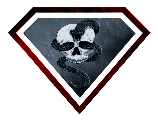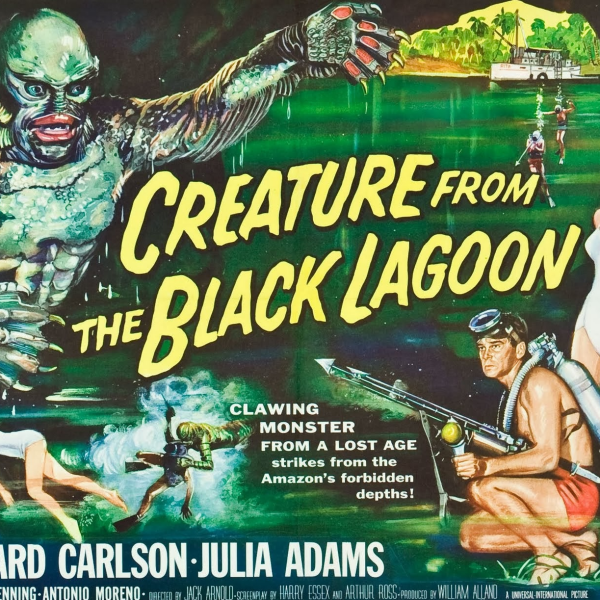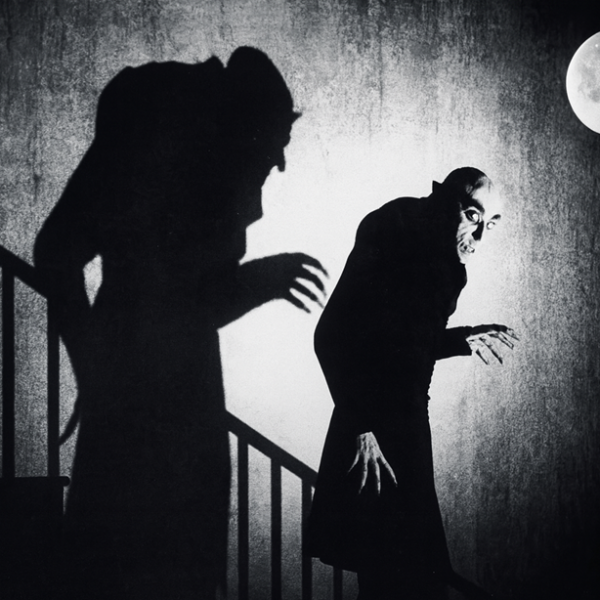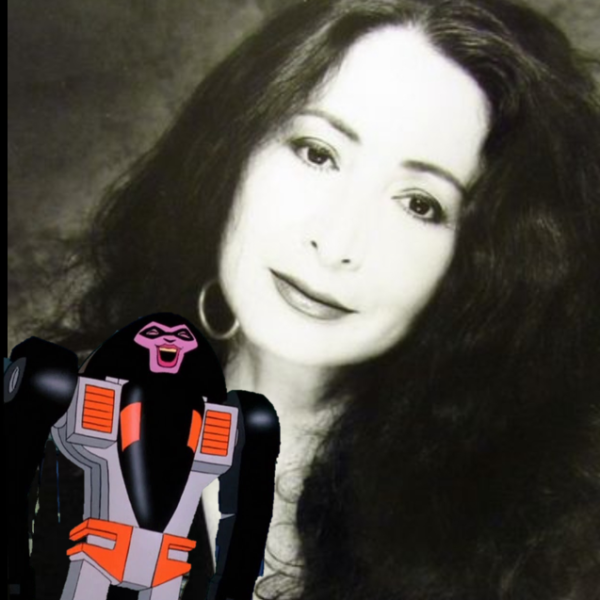October Monster Mash: “The Monster Born of the Bomb” – Godzilla (1954)
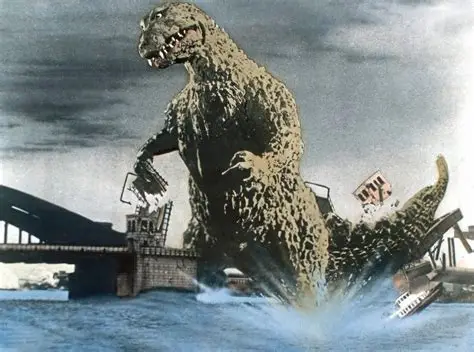
A Monster Forged in Fire
When Godzilla (Gojira) stomped into theaters in 1954, audiences were stunned. What seemed like another monster movie turned out to be something far more profound — a film about the consequences of nuclear power, the scars of Hiroshima and Nagasaki, and humanity’s uneasy relationship with science and destruction.
Directed by Ishirō Honda, produced by Tomoyuki Tanaka, and brought to life by special effects genius Eiji Tsuburaya, Godzilla redefined what a monster could represent. Beneath the surface of roaring spectacle lay a story of grief, fear, and responsibility — one that resonated deeply with postwar Japan and continues to echo across generations.
The Story: When Nature Strikes Back
The film opens with a haunting image — a Japanese fishing vessel consumed by a blinding flash at sea, a clear nod to the real-life 1954 Lucky Dragon No. 5 incident, when Japanese fishermen were irradiated by American hydrogen bomb tests in the Pacific.
Soon after, mysterious destruction strikes coastal villages. Survivors speak of a towering creature emerging from the ocean — a prehistoric beast awakened by atomic testing.
That creature is Godzilla, a 50-meter-tall reptilian titan wreathed in radiation, his skin scarred like molten rock, his roar echoing through the ages. As he rises from the sea, he brings the terror of the atomic bomb back to life — unstoppable, inhuman, and indifferent.
When he attacks Tokyo, the result isn’t thrilling spectacle — it’s horror. Entire districts burn beneath his radioactive breath; the skyline glows with fire. The aftermath scenes — hospitals overflowing with injured civilians, Geiger counters crackling over children — are almost documentary in their realism.
Honda, who had witnessed the devastation of World War II firsthand, approached Godzilla not as fantasy, but as allegory — a manifestation of mankind’s guilt and fear.
The Science and the Sacrifice
At the film’s heart lies a moral dilemma. The brilliant scientist Dr. Serizawa, played by Akihiko Hirata, invents a weapon capable of destroying Godzilla — the Oxygen Destroyer. But he’s tormented by the implications. If his invention is used, what’s to stop humanity from turning it into another instrument of mass death?
His decision — to sacrifice himself while deploying the weapon — transforms Godzilla from a creature feature into a tragedy. Serizawa’s final words, delivered as he cuts his oxygen line and sinks into the depths with his creation, are chillingly prophetic:
“If the Oxygen Destroyer is used again, another Godzilla will appear.”
It’s a warning that still resonates — technology without morality will always summon new monsters.
The Making of a Legend
Godzilla’s power comes not just from its themes, but its artistry. Special effects legend Eiji Tsuburaya pioneered “suitmation” — placing an actor (the incredible Haruo Nakajima) inside a detailed rubber suit, filmed among intricate miniatures.
Combined with stark black-and-white cinematography and Akira Ifukube’s thunderous, elegiac score, the result is both terrifying and strangely beautiful. The monster is not a villain, but a victim — an ancient creature twisted by mankind’s folly.
The final scenes, with Godzilla’s body disintegrating into bone, aren’t triumphant — they’re mournful. Humanity wins, but at a spiritual cost.
From Tragedy to Pop Icon
In the decades that followed, Godzilla evolved from grim allegory to global phenomenon. Toho turned the creature into a symbol of Japanese resilience — sometimes a destroyer, sometimes a protector, but always a reflection of the age.
The original film, however, remains singular in tone. It’s not camp, nor comic — it’s melancholy. In 1954, Godzilla wasn’t fighting other monsters or saving the world. He was the world’s punishment.
That’s what makes the first Godzilla so powerful: it’s not about defeating the monster, but about facing what created him.
Conclusion
As part of our October Monster Mash, Godzilla (1954) stands as the cornerstone of modern monster cinema — a film that gave us not just a giant creature, but a mirror to our deepest fears.
From the ashes of Hiroshima to the roar of Godzilla, Japan turned its pain into art — creating a myth for the nuclear age.
Even today, that slow, echoing footstep still carries the weight of history. Because Godzilla was never just a monster…
He was a message.
“Godzilla was baptized in the fire of the H-bomb and survived. What could kill such a creature?”
